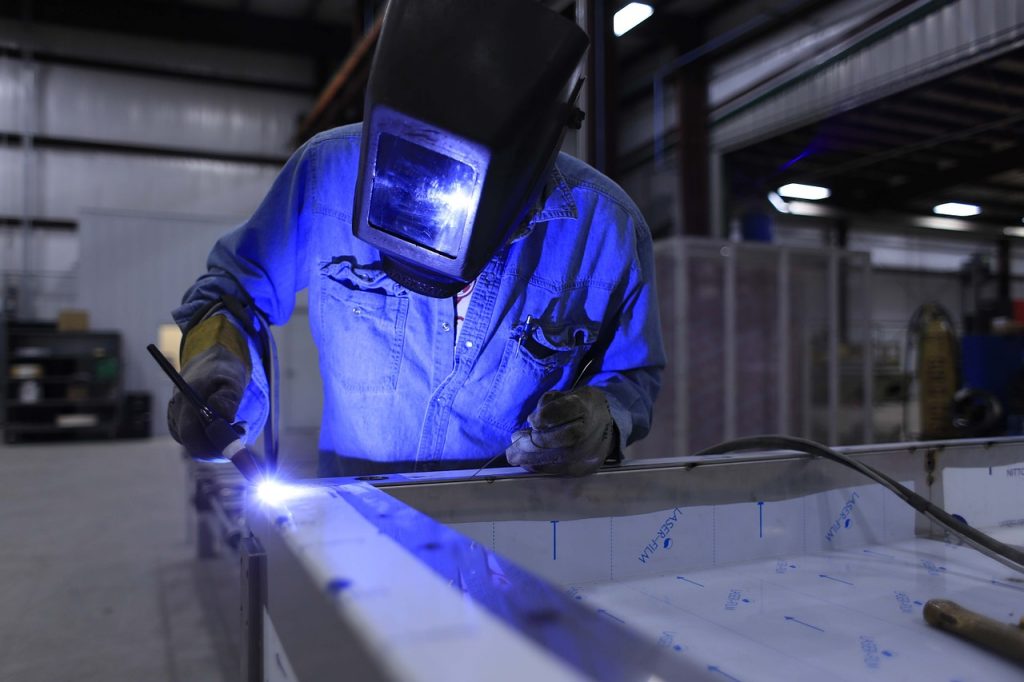The testing of building materials can be classified into the following categories.
- Physical
- Chemical
- Verifying the quantity
- Checking for any damage
You may find it essential to test building/construction materials to
- Assure quality control
- Confirm that materials are in compliance with the required specifications
- Attain certification
- Prove acquiescence with legislative necessities, for example, building regulations
- Timber testing
Timber is tested to gauge its moisture content which is typically denoted by a percentage and estimated as the difference in weight of a timber sample in wet and dry conditions respectively. Two commonly used methods for testing timber include oven dry and moisture meter testing.
- Brick testing
You may test the quality of bricks in several ways. These include:
Compressive strength test involves the placement of a brick sample on a compression testing machine. The pressure is applied on the brick until it ruptures. The “ultimate pressure” is then put on record.
Water absorption test includes the stages of weighing bricks in natural dry condition and immersing bricks in fresh water for one day. The two weights are recorded. The difference in weight signifies the quantity of water absorbed by the brick. The lesser the water absorption, better is the quality.
Efflorescence test is performed to monitor the amount of deposition of efflorescence, a salty, crystalline substance on the surface of bricks. Generally, it has a powdery appearance with a white/off-white color. To verify the presence of alkalis, which may lead to efflorescence, you need to immerse a brick sample in fresh water and keep it undisturbed for a day. The brick is then allowed to dry. If there’s no whitish layer formation on the surface, it demonstrates the lack of alkalis within the brick.
Hardness test is executed by scratching the brick. If no impression is formed, then the brick is assumed to have good quality.
Shape, size, and color tests of the bricks are carried out by randomly choosing around twenty bricks and stacking them along their length, width and height to check whether the shape, size, and color are uniform and as per standard specs.
Soundness test comprises holding two bricks in your two hands and striking them hard. If the bricks possess good quality then, ideally they won’t be broken and will emit a distinct metallic ringing sound.
Structure test is accomplished by breaking a sample brick and inspecting it carefully. A good quality brick wouldn’t exhibit any cracks, holes, or flows on the broken frontage.
- Sand testing
There are primarily two ways by which you can test the quality of sand.
Bulking test of the sand can be conducted when you do a batching gradation of concrete by volume. Through a series of processes, a sizeable increase in the volume of sand over the quoted specification is ensured to maintain decent quality sand.
Silt test can be done to analyze the level of cleanness of a sample of sand. The test principally establishes how much silt is present in the sand and expresses it in percentage. You must note silt in excess weakens the concrete.
- Concrete testing
Slump test makes sure that the mixtures of concrete created in succession are all of the identical consistency.
Test cubes give you an estimate of the maximum compressive strength of the concrete. The cubes can be fabricated and crushed in a lab environment to validate if the treated concrete has acquired the much-needed design strength.
Rebound hammer test makes use of Schmidt hammer to compute the elasticity and strength of concrete. When the concrete has steadily changing surface densities, it affects how stress waves propagate and influence. The magnitude of the effect can be numerically recorded as rebound numbers which in turn can be mapped graphically to authenticate whether they match up to the compressive strength.
Penetration test gives you a measure of the depth by which a steel alloy rod, when fired by a programmed energy shot penetrates into a sample of concrete. The penetration depth is inversely proportional to the compressive strength of the concrete.
Pull-out test involves casting several circular steel bars having enlarged ends into a concrete sample. The bar together with the concrete piece is pulled out at an appropriate time by utilizing a tension jack. Even though there’s a failure which the concrete encounters in terms of shear and tension, you can draw a parallel between the pull-out force and the compressive strength.
Vibration test employs ultrasonic pulses to determine how vibrations pass through a sample. The corresponding readings are later used to show a relationship with the concrete’s compressive strength.


